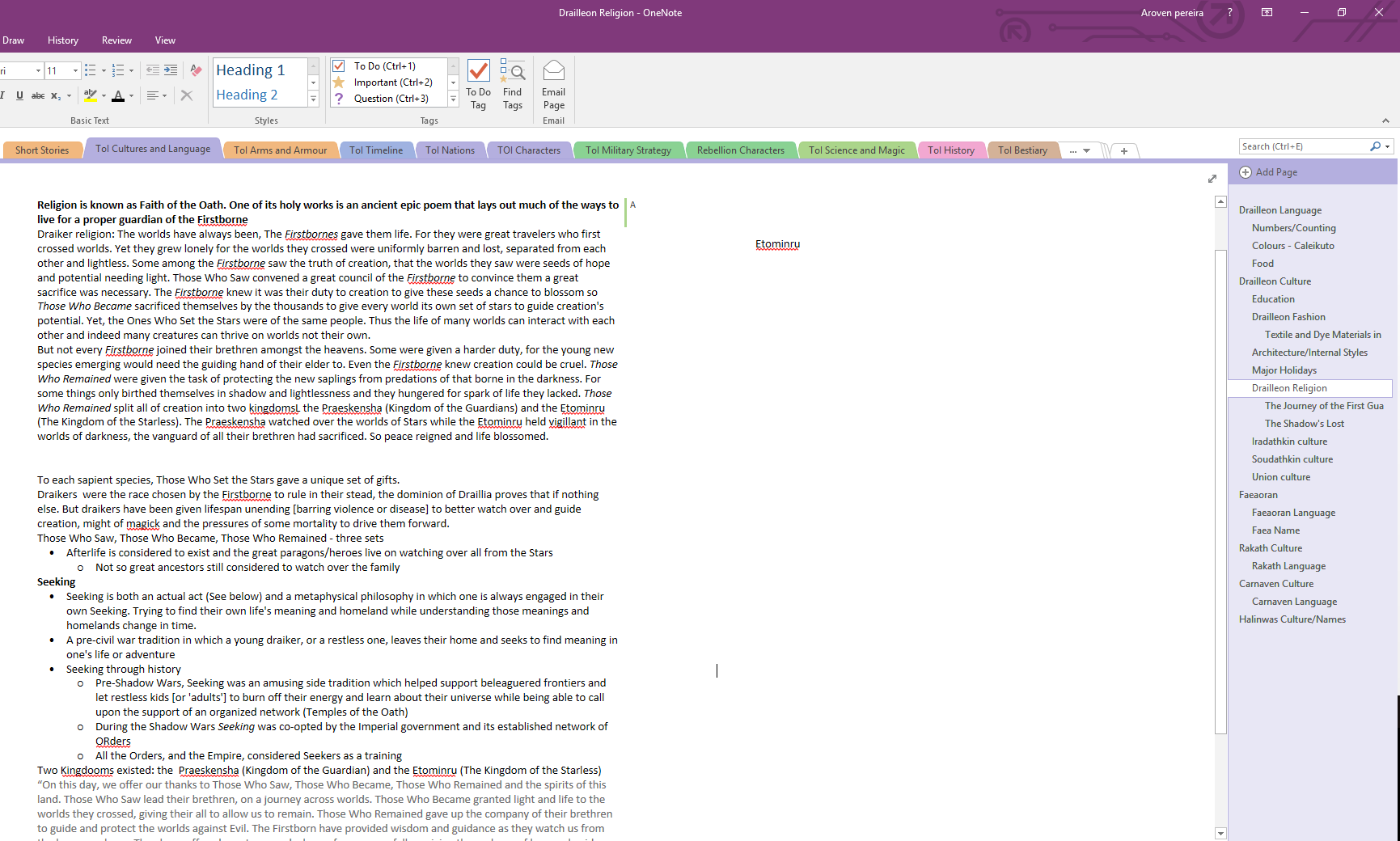 My Mic Stand. Professional.
My Mic Stand. Professional.
Hey Everyone!
Today we’re going to talk about bit about how starting a website/blog/podcast has gone, a little over a month in from “Launch”. We’re still getting our feet on the ground but we’ve settled into something of a rhythm and we’re about to turn over to our first ‘normal content month’ (hahaha, we’ll see about that).
So what does it take to start doing a podcast/website/blog? Well, very little really. Note: I didn’t not say its a particularly good website, or a particularly Professional Podcast/Blog either, All I said was start it. Professionalism can come later… seriously guys we’re fixing the MS Paint Banner, I promise. All you really need is a techie (me), some boredom/free time, a few friends and someone who can harass them all into doing things (me). Oh and GOOGLE. I google a lot of things. While I”m going to go through my steps about setting up the Podcast a bit at the end of this post, nothing here is meant as a detailed tutorial. I can probably do one of those too if people ask but since I literally just learnt about the settings options in WordPress last night, I’m not sure how good a tutorial it is.
First things first, let’s talk people. We all have those friends who are absolutely gun-ho about any project you want to start but when it comes down to actually doing it, they sort of vanish with complaints about not having enough free time. Or they just sort of just dump it all on you. Yeah, those people are awesome guests but horrible partners. Go find your friends who you know you can depend on to do their shit, even if they probably should really be sleeping instead, and rope them into things. If you aren’t the kind of person to harass people into doing things, go find your friend who is and put them in charge. It might be your idea but you need a project manager or nothing happens. Everyone is going to be doing this in their free time and not getting paid, at least at the start, and you know video games/books/cartoons/football are just so much more interesting than doing Work. So find the people who really are overachievers and who’d be interested in helping you, and use them. It sort of defeated the baseline premise of our own site because 4 out of 5 of us actually have our shit sort of together but the friend’s whose lives are on fire are way too busy to do this exactly because they’re their sort to start and abandon projects. That core group (really aim for 2-5) of people, they become your team.
Now that you’ve got your people, it’s time for a website. Wait, it’s actually time for a name. Find a name, grab it (or a version you like) in every social media platform possible [Twitter, Facebook, YouTube/Google are the big ones, Twitch too if you’re going to do games). While you do that, make sure you can get the URL as well, because unified branding is important. WordPress is a pain in the ass but it’s not an impossible system to use, and you can find tutorials for most things. There are other build-your-own-site GUI programs too and maybe we’ll explore those in Tech at some point but the basic summary is find your favorite one, find a hosting service and use it to centralize all your stuff. It’s easier to monetize when you’re self-hosted or not relying solely on social media companies that don’t owe you a thing (YouTube) and it gives you a nice place to point people back to for them to go find the rest of your work.
Once you’ve set up your basic framework, it becomes time to figure out what you (and your friends) want to do. I don’t mean vague high ideas, I mean the a detailed list of the things people can/will do and brainstorm ideas from all of them… and actually listen to them. People are going to tell you things you disagree with, or don’t really get. You don’t have to everything they tell you too (Dad, not everything needs a blog, even we have one) but really you pulled together these specific people for a reason and you should probably listen to them.
You know what you want, you’ve got a basic site and structure setup and you’ve got people? Great! Scheduling. I don’t mean “Hey we’re doing the podcast on Sunday right?” I mean, Google Calendar emails, reminder texts and a content Schedule. Get people’s posts in a Month early (podcasts are different), set a typical time and day for your content to go up. We’re starting small-ish, 1 recipe on Monday mornings and 1 post on Thursday mornings, plus the podcast on Sundays (and up by Sunday night/Monday morning) but we’re going to stick hard to that schedule until it becomes second nature or we get a lot of content. Another things that helps? Not every post needs to go up immediately. Edit things, review things, and Queue things. You want a bunch of posts sort of sloshing around, giving you a month’s worth of backlog if you can, for those pesky times like Christmas and Thanksgiving, when people are busy with ‘real life’. Timely posts are different, obviously (Halloween Ones shouldn’t go up in Mid November) but try to build a backlog.
By now you’ve noticed that I didn’t mention a lot of little things you need. Like banner art, or a podcast graphic, some podcast intro music, maybe event and understanding of basic website design. You can do these things yourself, but maybe you shouldn’t (MS PAINT FOREVER!) and for those project you should look to those awesomely talented friends you have. If you’ve got friends in graphic design, music, webdesign, etc… who’d be willing to help you out ask them. Maybe bring them into the project but if you can’t/they can’t join the project, they still might make you that thing you need. If you got an artist who can make you something and you can pay them, PAY THEM. They live in this capitalist world too and even they don’t usually sell their art, paying them will ensure you get your piece right away and they’ll love you forever. You’re starting your own crazy project, support your friends who have their own projects. If you can’t pay them, THANK THEM. Put their name everywhere, constantly thank them, send people who might be able to pay them their way. One of the hardest things to find is a place to show off one’s own work outside the usual places drowning in other’s works but: EXPOSURE IS NOT FAIR PAYMENT. IT SHOULD NOT BE THE FIRST METHOD OF PAYMENT YOU OFFER. This is huge. We’re poor college students, or just poor millennials who just finished college. We can’t afford to pay our equally poor, but more talented, artist friends what they deserve for the work they’re doing for us, so we have to offer exposure instead. A bunch of them are just happy to do it for their friend as practice or an excuse to make themselves work on something but I work very hard to make sure we’re not taking advantage of them. If this whole crazy thing starts making us money, guess who is going to get Paid for doing more work? The people who helped us out in the first place. If they’re not your friend, or again if you can, you need to offer them money. Don’t expect ‘exposure’ to be fair payment.
Speaking Of Which Give our two Amazing people all the love:
Graphic Designer/Banner Designer
Matthew Jager
mjagerdesign.com
@TheSeattleOne
Music Maker
Peter Scott
https://soundcloud.com/peterscott-3
Last, but not least, if you’re the organizer/central figure. Be prepared to do double the work of anyone else. If someone doesn’t come through with a post, if you forgot to harass everyone early, if something goes crazy, you’re the one filling the gap. We don’t really have an audio engineer type person, so I’m learning that stuff. I’m also one of the best writers on the team, at the moment, so I’m the editor. I’m also the web admin. I’m also the one who answers all the questions the rest of the team has. I don’t mind, I love being in control of project but its a lot of work on top of real life.
And Finally, it’s time for the Podcast ‘tutorial’:
- Cheapassgamer has a fairly decent tutorial for how to make a really professional sounding podcast, although the tutorials about how to use the programs it asks you to use are a bit lacking (to google!). [ https://www.cheapassgamer.com/topic/138939-cagcast-production-faq-qa-podcasting-tips/ ]
All itreally takes someone with some savvy with Google hangout and a willingness to set up a YouTube/Google Account.
Google Hangouts Live! automatically publishes a YouTube video of the Live broadcast with no need for extra equipment or recording software and it’s own built in controls are fairly useful (except when you mute someone and don’t notice because it doesn’t mute him in the call). If that’s all you want, you can stop there and voila! You have a podcast!
Things get a bit stickier when you want to pull an Audio version but even then, it’s a simple matter of downloading the MP4 from Youtube, running it through Audacity and doing some editing-fiddling to make sure you trim out any bad parts (like the start of every live broadcast), maybe add some music and you’ve got your audio podcast.
Feederburner, a Google software for building RSS’s can pull from a WordPress Category so you set up your podcast(s) in a specific category. Point Feedburner at it and it gives you a RSS link, Search Engine Optimization and some other things to make proper Podcast Feeds easy. And it comes with Tutorials!
It also helps you way in the future, if you setup your WordPress site’s permalinks for the category/post name instead of the date and you number your podcasts 00X. But we’re no where near worrying about that (yet).
Some Useful Tutorials I begged, borrowed and stole information from: [ http://www.socialmediaexaminer.com/create-podcasts-with-google-hangouts-on-air/ ][ http://www.nateshivar.com/285/how-to-start-a-podcast-in-5-steps/ ][ https://blog.bufferapp.com/podcasting-for-beginners ] [ https://codex.wordpress.org/Podcasting ] – This one is a bit confusing but to ‘upload a file to the server’, you just “add media” to the post, and it uploads to your host server.





 My Mic Stand. Professional.
My Mic Stand. Professional.